Honoured By UNESCO, IFS Officer’s Initiative Protects Gulf of Mannar’s Natural Wealth
IFS officer Jagdish Bakan, the Director of Gulf of Mannar Biosphere Reserve, became the first Indian to win UNESCO’s Michel Batisse Award for effective biosphere reserve management.
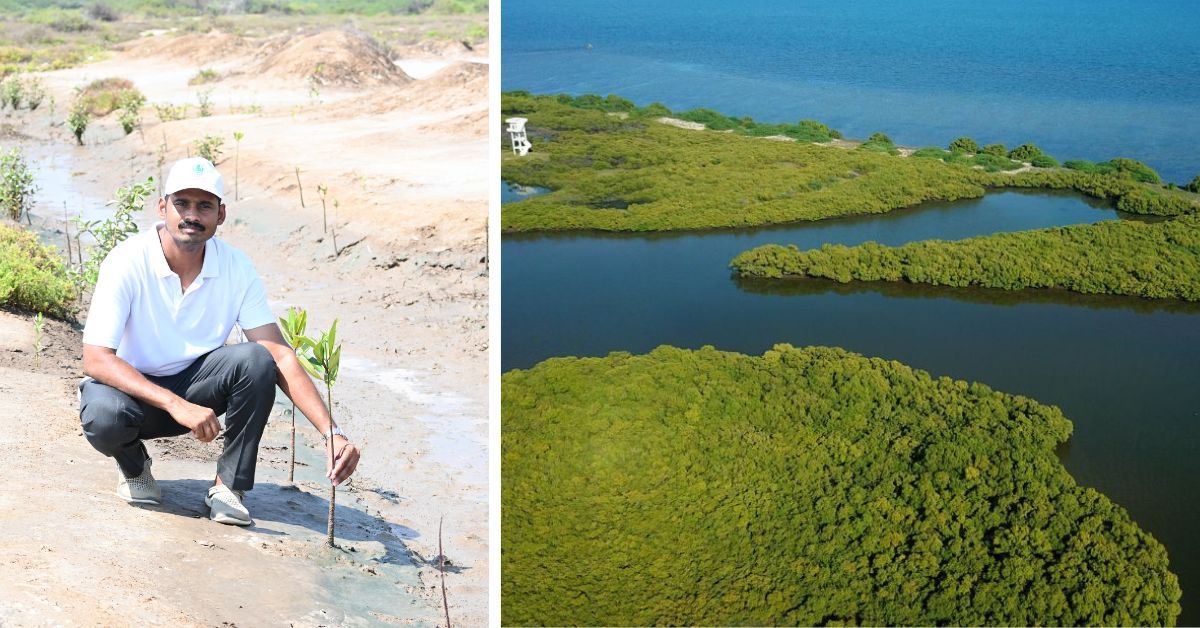
At the intersection of the southward extension of the Bay of Bengal and the Indian Ocean lies a ‘Biologists’ Paradise’. Boasting over 4,223 species of flora and fauna from the critically endangered Dugong dugon (sea cow) to the hawksbill sea turtles, the land lives up to its name and is one of the world’s richest marine diverse regions.
But The Gulf of Mannar prides itself on more than just this identity.
In the recent past, it has become popular as a benchmark for the local communities’ efforts towards protecting the indigenous species here — corals, seahorses, crustaceans, whale sharks, green sea turtles, and humpback dolphins among others. It is important to note that this change of heart of the locals comes after years of dependency on fishing as the main livelihood.
What provoked this transformation? How did a land infamous for over-harvesting become one leading conservation from the front? It is impossible to answer this without mentioning the name of Indian Forest Service officer Jagdish Bakan.
“It was never an ordinary role,” he emphasises referring to his posting here two years ago.
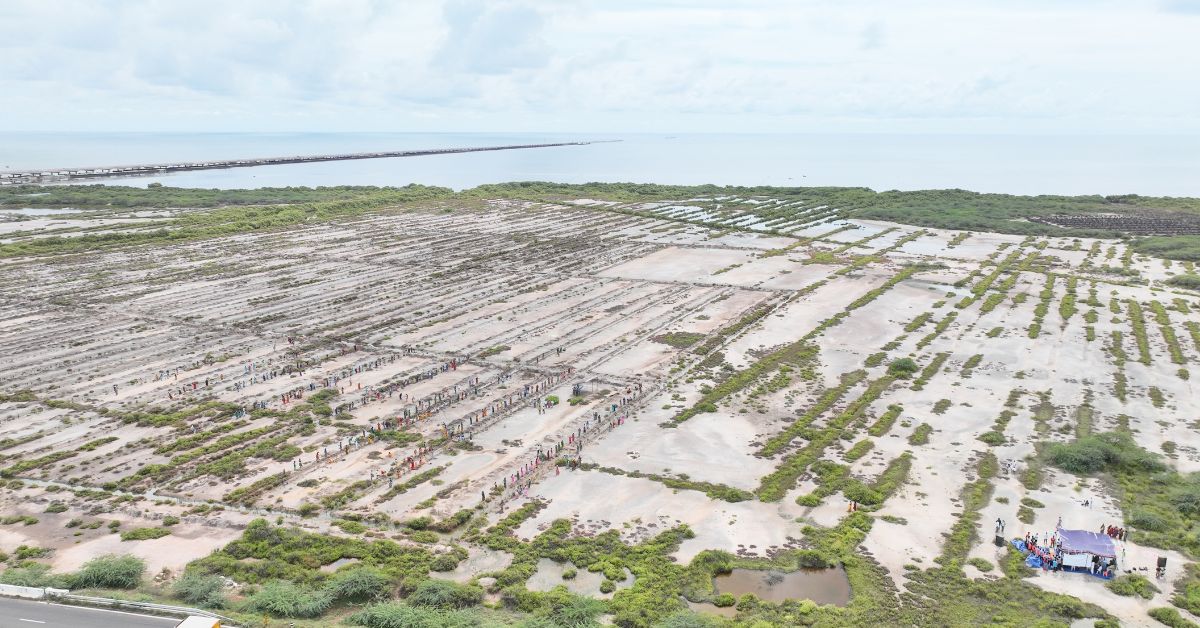
The strategic location of the bay coupled with its role of being host to endangered species necessitated more than patrolling the forest. Soon after being posted here, Bakan assumed the post of director of the Gulf of Mannar Biosphere Reserve Trust (GOMBRT) — a Government body that streamlines projects related to biodiversity conservation in the area. And since then change has followed.
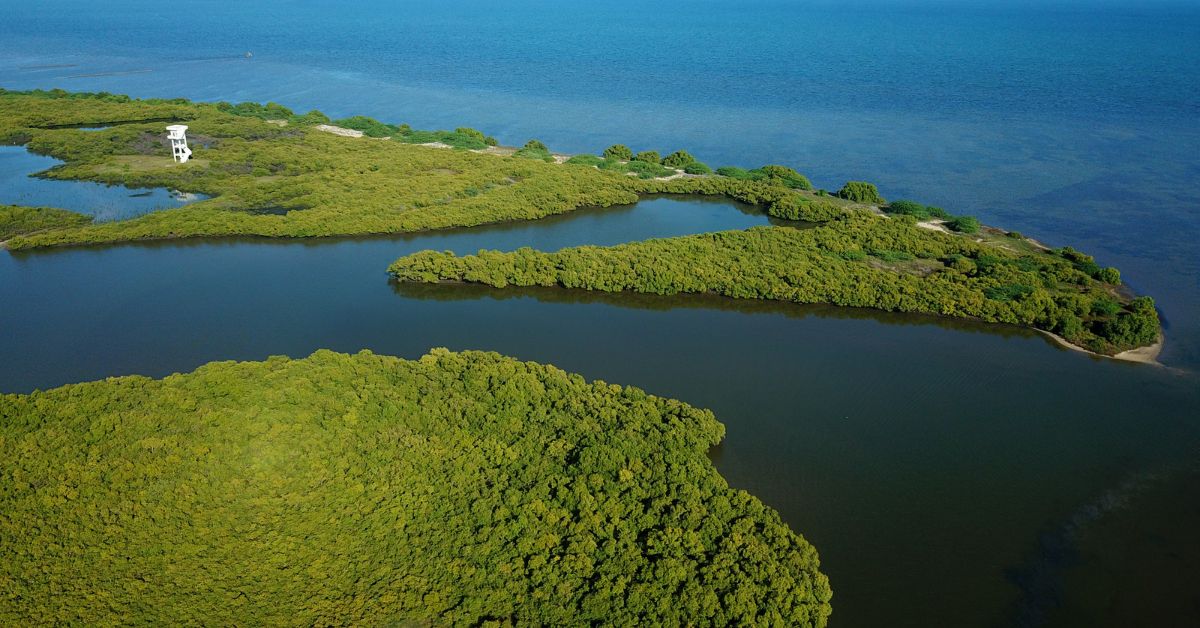
“My jurisdiction lies in Ramanathapuram and Thoothukudi. I oversee the the National Park that comprises 21 islands which runs from Rameswaram to Tuticorin Port. There are over 252 villages spread across these areas,” notes Bakan. It is here that he has encouraged the locals to opt for alternative livelihoods, in turn reducing their dependency on local flora and fauna. In addition to this, he has been instrumental in creating green jobs, undertaking coral transplantation and mangrove planting in these areas.
Earlier this year Bakan’s efforts were globally recognised when he won UNESCO’s Michel Batisse Award 2023. Though his case study on ‘development of sustainable livelihood and community-based biodiversity conservation and environment protection’ was applauded by the world’s experts, he emphasises that creating change is not an overnight job.

Sowing the seeds of a biodiverse dream
The journey has been an unconventional one for Bakan. During his time as a chemical engineer at Hindustan Petroleum, he was introduced to the idea of civil services. Bakan decided to study for the exam while pursuing his full-time job and the rest is history.
But as the 2017 batch officer says, in hindsight, his knowledge of chemistry has played a great role in shaping his conservation efforts in the bay. “Some areas need scientific details analysed. For example, in coral monitoring, we regularly take temperature-salinity profiles and check the pollution levels in the area. My chemical background helped me oversee this better.”
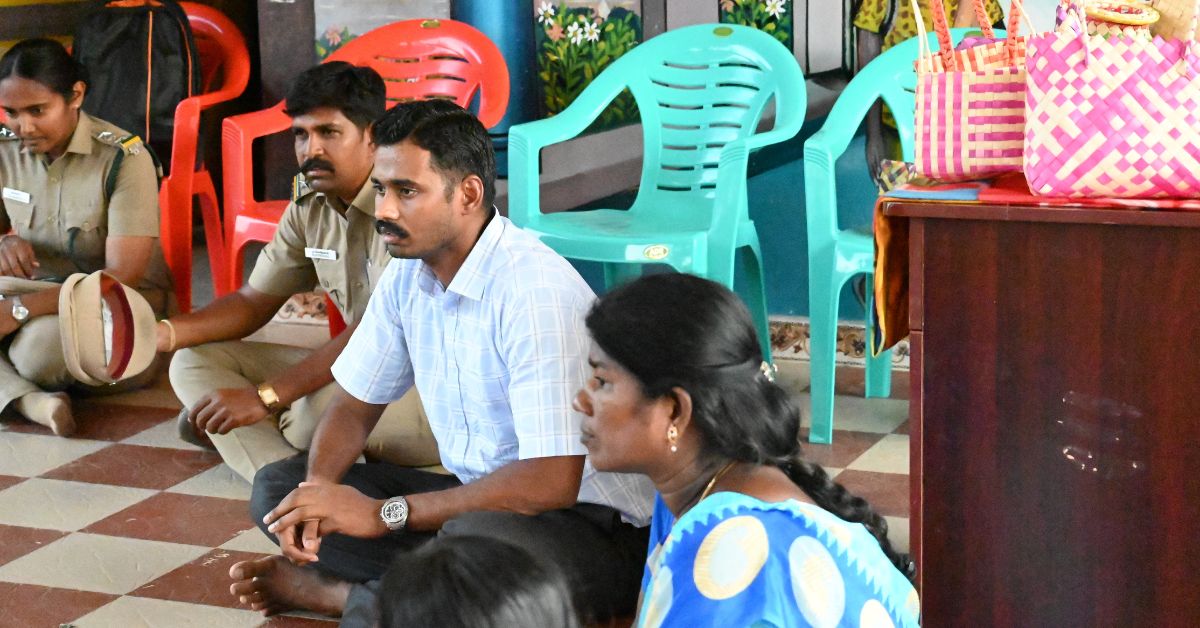
When Bakan first started work in the area, he was laser-focused on averting the damage to indigenous flora and fauna. But if the local communities had to be discouraged from over-harvesting, they needed to have another livelihood to turn to.
This idea compelled Bakan to come up with a system of micro-credit. “Each village has an eco-development committee (EDC) under which there are 10 self-help groups (SHG) each,” he explains. “So in total, we have 2,700 of these SHGs which comprise around 36,000 villagers. That being said, over 93 percent of participation is of women. Through the micro-credit system, they engage in activities such as shell craft, palm craft, pickle making, tailoring, nursing, etc.”
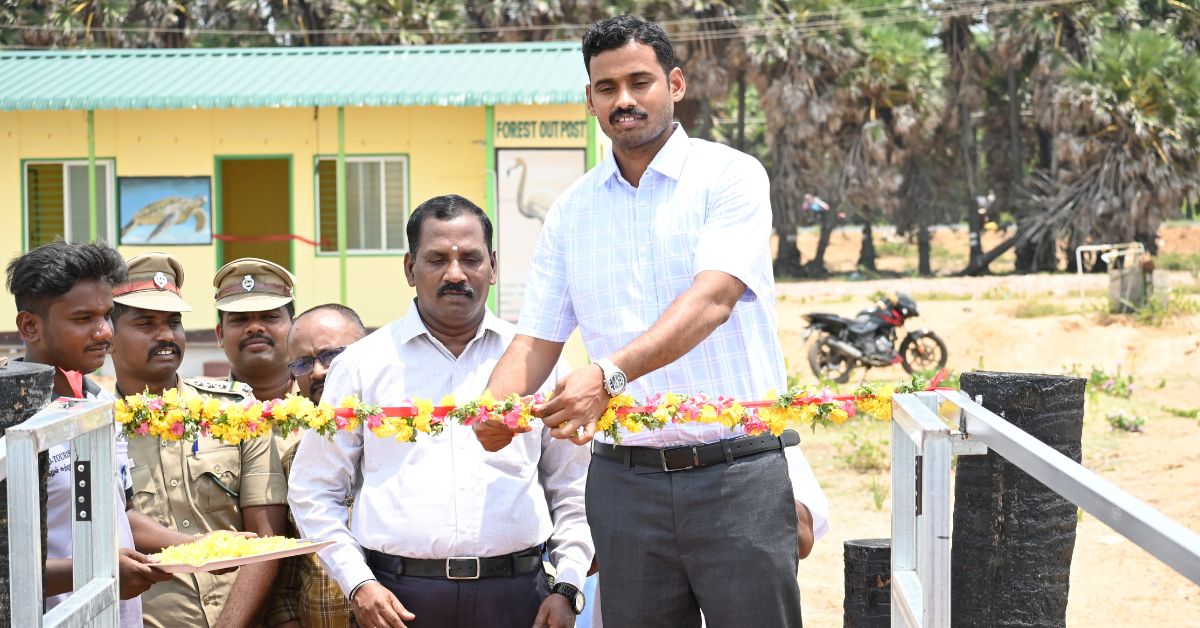
Another activity Bakan started in the area is preparing boxes from the leaves of the palm tree, which are then sold as packaging to local shops. This is a thriving model, he adds. “Until last year, we have generated over 7,788 new jobs for the villagers this way.”
He adds that they scaled the model last year and micro-credits distributed were increased by 50 percent. However, changing the mindsets of the community was a challenge.
“Overharvesting was recognised a long time back. Convincing the community that this is bad has been a journey. Because what we are trying to change is not just their mindsets but also their sources of livelihood. But we have been seeing a shift in their perceptions. The locals now take pledges to protect the endangered sea cow, dolphins and more at every meeting.”

A self-sustaining model
What drives the people of the area are the eco-tourism projects.
“We certify the local youth in lifeguard training, boat driving, etc. Through this, we deployed over 58 people for the six eco-tourism sites we have created. 60 percent of the profits through eco-tourism are used for ecological restoration and wildlife protection. The remaining 40 percent is given to the local villages. The people of the village come together and decide towards which repairs and maintenance they wish to channel these funds.”
While the locals are encouraged to choose alternative livelihoods, Bakan also oversees the overall health of the ecosystem in the bay. Elaborating on the mangrove plantation, he says they managed to plant over 70,000 trees. This year we are undertaking more than 100 hectares of plantation.”
The impact of this project has been evident, he adds. “We see them as catalysts in preventing natural disasters such as cyclones, tsunamis and coastal erosion. We have seen the erosion rate being less in the area.”
However, out of all the challenging projects Bakan has undertaken in the area, the one that’s had the most magnetic hold for him is coral transplantation.
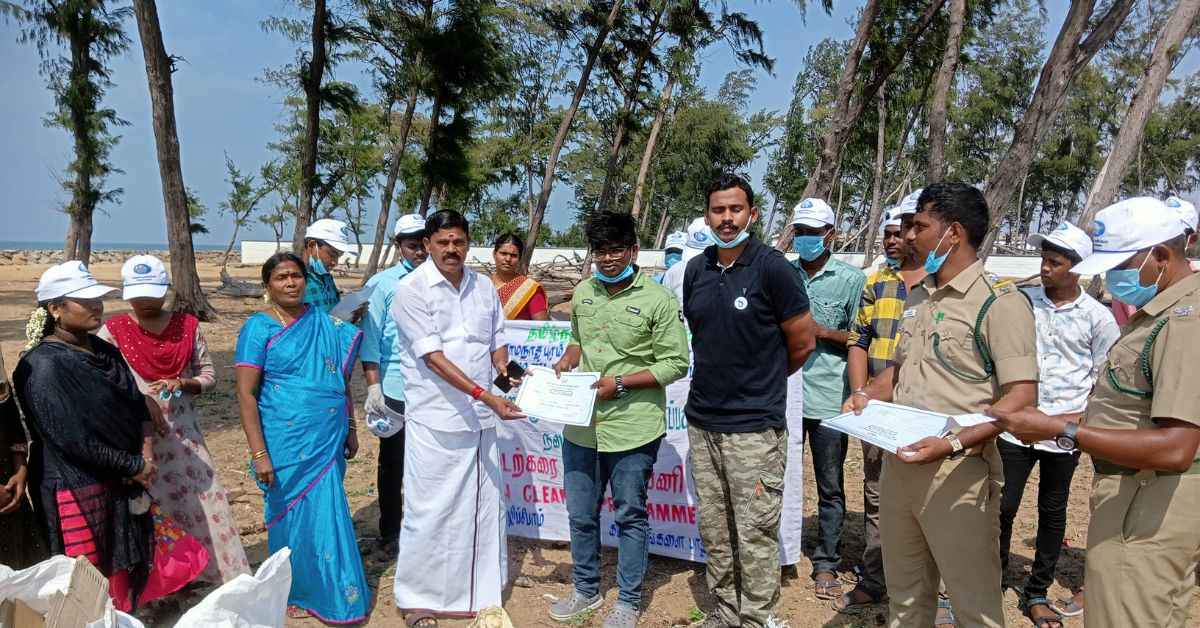
“This is a very scientific and very delicate process. It’s an underwater process and we have to select a specific area and depth. Then we have to study the sedimentation cycle to see that the sun is not overlapping the transplantation area. Over the years, we have standardised the techniques.”
He adds that they get an annual growth of 7 to 10 centimetres. Over 600 square metres of coral have been transplanted until 2022.
But what really gave impetus to Bakan’s work is the Michel Batisse Award. He sees this not just as a recognition of his service but as a stage for future projects. The potential is now alive in the bay as Bakan says the scientific community is showing a keen interest in their work. But what he hopes for, is for people to observe and replicate their model.
“An interesting project that we have undertaken is the plastic check post for which we have been awarded the UNEP Environment Enforcement award,” he shares.
Elaborating on that he adds, “This is a one-year-old check post model. The 22 km coastal road leading to the last point of India in Rameswaram Island used to be full of plastic thrash. For a year we’ve been checking all tourist vehicles going along the road, seizing the plastic and giving them eco-friendly options. This is being done by the eco-development committees. Every 2 km, there is someone deployed. All the plastic collected is given to the rural development department where it is shredded and used for road construction. Every month we collect four tonnes of plastic.”
As the bay enjoys a revival of its biodiversity, Bakan takes pride in leading the community towards change. As the mudflats and coral reefs are bathed in the glow of the setting sun, the efforts of the locals are visible in every sapling planted and in every turning tide. If you found our stories insightful, informative, or even just enjoyable, we invite you to consider making a voluntary payment to support the work we do at The Better India. Your contribution helps us continue producing quality content that educates, inspires, and drives positive change. Choose one of the payment options below for your contribution- By paying for the stories you value, you directly contribute to sustaining our efforts focused on making a difference in the world. Together, let’s ensure that impactful stories continue to be told and shared, enriching lives and communities alike. Thank you for your support. Here are some frequently asked questions you might find helpful to know why you are contributing?

Edited by Pranita Bhat
This story made me
- 97
- 121
- 89
- 167












